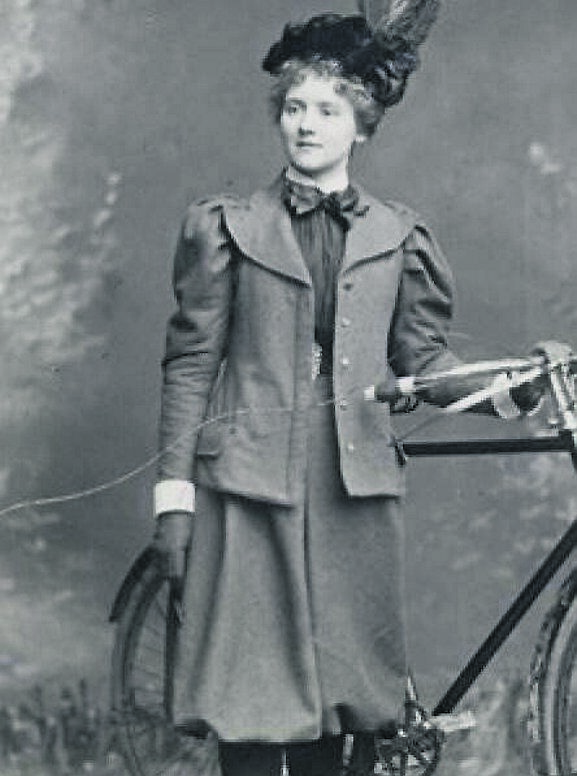Clodagh Finn: Tailor clothes to fit the body, not the other way around

Flat stomachs were the name of the game at Paris Fashion Show. Picture: AP Photo/Francois Mori

The same was true at Paris Fashion Week when fashion brand Coperni sprayed a white dress on to the body of model Bella Hadid. She came on to the stage wearing very brief briefs and stood for 15 minutes while a team from the fabric technology company Fabrican sprayed the outline of a dress on her body.

If you think all of that is old hat, here’s the bit that resonates so loudly today. “The Rational Dress Society,” went its rallying cry, “protests against the introduction of any fashion in dress that either deforms the figure, impedes the movements of the body, or in any way tends to injure the health.”












